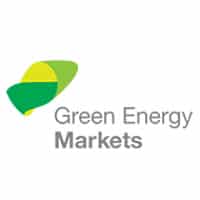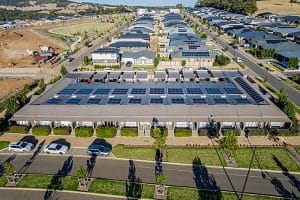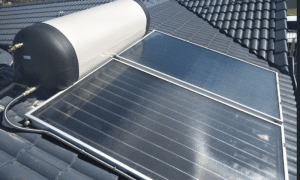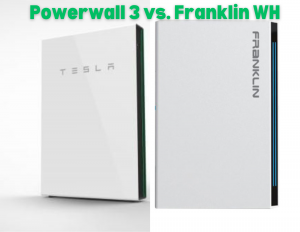A new review of Australian state renewable energy targets (state RETs) shows most are well on track to meeting their individual commitments.
However, some are falling short and will struggle to hit ambitious targets. Even achieving modest targets are unlikely.
That’s the finding of Green Energy Markets’ Renewable Energy Index – May 2019. It tracks the progress of state RETs, and the contribution they make to reducing overall national emissions.

Each state has targeted net zero emissions by 2050. And these state targets have never been more important, according to GEM.
The Morrison Government has failed to commit to additional national policies to reduce emissions in the electricity sector. Consequently, states are now doing the “heavy lifting” in boosting renewable generation in the east-coast National Electricity Market.
State RETs: Victoria and South Australia on track
- Victoria is close to reaching its target of 40% of renewable energy by 2025, and within striking distance of 50% by 2030.
- However, to reach the 50% target, Victoria needs a further 2,000 MW of capacity. Happily, the state could bridge this gap with two further rounds of power contracts similar to the 928 MW tender, conducted last year.
- South Australia is on track to generating roughly 74% of its power consumption with renewable energy sources by 2030. That’s up from 53% forecast in 2018.
- However, with a government target of net-100% renewable energy by 2030, SA needs a further 1,300 MW of capacity to meet its goal.
Queensland, New South Wales falling short
- The index finds Queensland will struggle to meet its 50% RET by 2030. Currently, renewable projects and growth of rooftop solar power will deliver just 29.2% of required capacity.
- Even taking into account initiatives of the Government’s CleanCo, Queensland still needs another 4,500 MW of new projects.
- New South Wales is in worse shape. To be on track, it needs renewables to grow to 46% of electricity generation by 2030.
- However, current projects and household solar are set to deliver just 28% capacity. NSW requires a further 5,000 MW of capacity to hit its net zero target by 2050.
Renewable targets creating jobs boom, solar numbers show
A highlight of the report is the growth in solar jobs.
May saw a total of 25,000 small-scale solar power systems installed across Australia. These systems produced enough electricity to power almost 54,000 homes and created employment for 8,500 solar workers.
In addition, GEM found rooftop solar installations in May will deliver $333 million in power bill savings over the next decade.







































